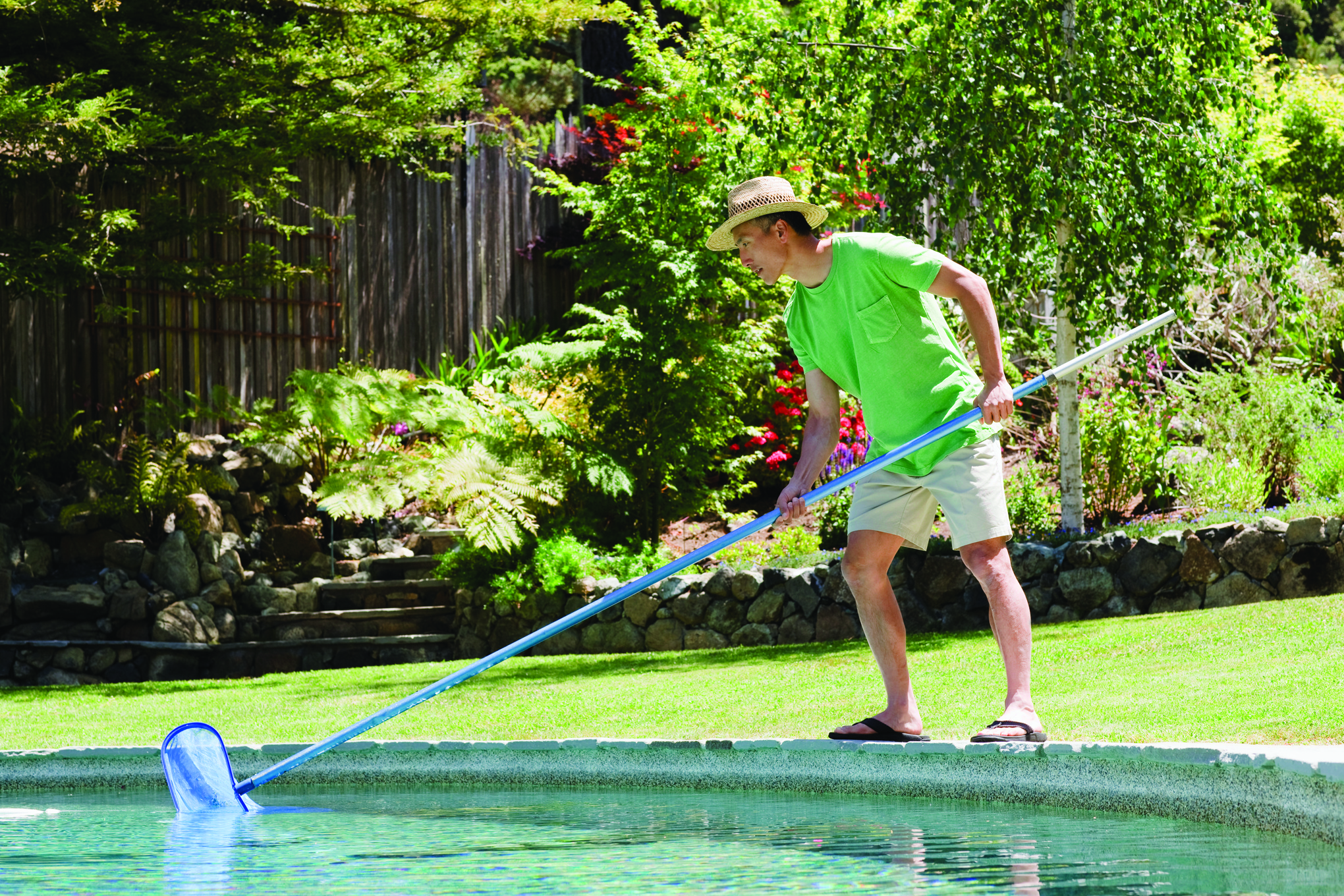Now that the weather is warming up, many homeowners’ thoughts are drifting toward relaxing days spent soaking up some sun by the pool. Early spring is a great time to install a pool so the family has a go-to hangout by the time summer arrives.
 Installing a pool is a large financial investment, and homeowners considering adding a pool should not take that decision lightly. When attempting to determine if a pool is for them, homeowners may want to ask themselves the following questions.
Installing a pool is a large financial investment, and homeowners considering adding a pool should not take that decision lightly. When attempting to determine if a pool is for them, homeowners may want to ask themselves the following questions.
Is my yard suitable for a pool?
Some yards may not be large enough for pools, while others may not meet the zoning requirements set forth by the town. Still other yards may have soil that’s not suitable for putting in an inground pool, or may have a high water table that can delay construction.
What is the average weather?
Will a pool be enjoyed enough to warrant the cost? Homeowners who live in areas that get many hot days will likely get their money’s worth. But if the climate suggests that a pool will sit unused more often than not, perhaps a pool is not the best investment.
Can we afford it?
A pool can range from a few hundred dollars for inflatable or self-installing models to many thousands for elaborate inground designs. You budget will dictate which type of pool you can afford to install.
How will we use the pool?
Decide if you’re putting in a pool for the kids, to entertain the family or to make an architectural statement in the yard. Having a clear sense of purpose will help to guide the decision-making process.
Who will maintain the pool?
Many homeowners tackle the day-to-day maintenance required to keep their pools clean and safe. Others hire pool cleaners to maintain their pools and ensure the water is properly balanced. Maintenance can cost additional money, so consider this potential cost when determining if a pool is for you.
Are there any safety concerns?
Parents of young children may be hesitant to install a pool, but today’s pool installation codes consider many of the potential hazards of a pool and attempt to eliminate them. Fences surrounding inground pools with self-locking gates, as well as locking ladders for above-ground pools can eliminate accidental falls into unattended pools. Your municipality will have a list of requirements for pools, so peruse the list prior to making your final decision.
If the decision has been made to move ahead with a pool, it can be helpful to understand a few facts about the process of installing a pool.
Always work with a pool-installation company that has earned positive reviews and has a stellar record of service. While this does not guarantee that the job will not encounter problems, contractors with glowing reviews tend to have earned those reviews. Read reviews from unbiased, online customers as well as any friends or family members who have used a particular pool company.
It’s important that homeowners recognize that the installation of a pool may require some heavy machinery, which can damagelawns. Fence panels may have to be removed to let in excavation equipment. Sand, soil backfill or gravel may be needed to level out a landscape, and things may get noisy and messy when the installation hits full swing.
Some homeowners can handle installing above-ground pools on their own, but less DIY-savvy homeowners may want to leave the installation to a professional installer to ensure the job is done right.
Always secure the proper permits and inspections prior to using the pool. This not only ensures the safety of swimmers, but also guarantees the pool is legal.
Backyard swimming pools make for an enjoyable place to congregate when the weather is hot. Follow a few guidelines and ask the necessary questions to make a pool installation go more smoothly.
SH152935







